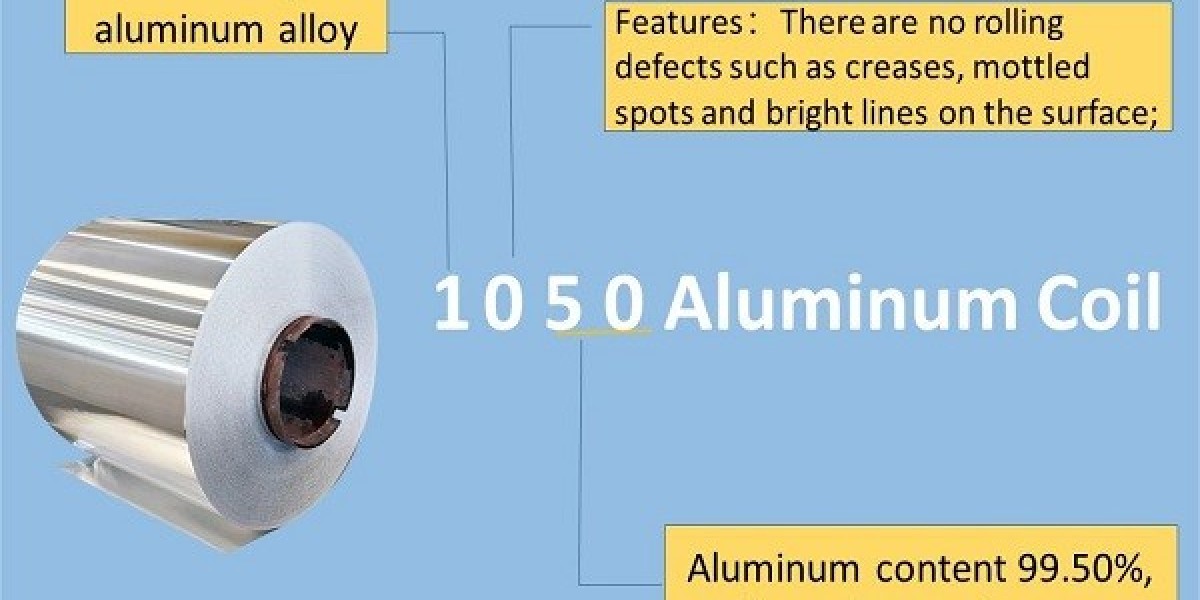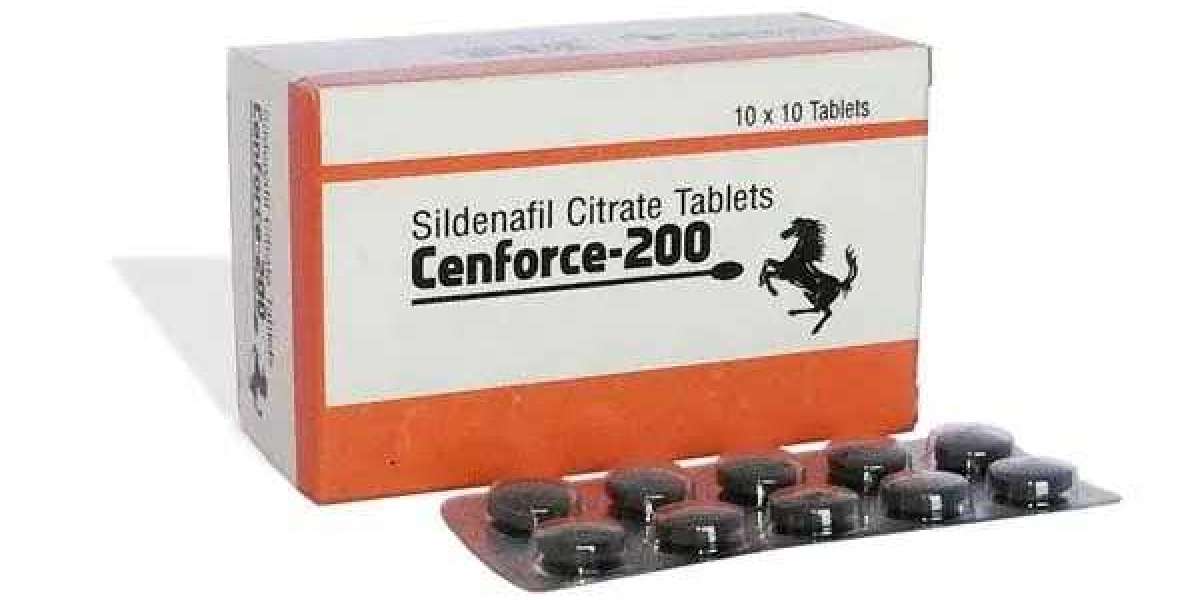The 1050 aluminum alloy is a commercially pure aluminum grade, known for its excellent formability, high corrosion resistance, and good electrical conductivity. These properties make it suitable for various applications, including pharmaceutical packaging.
Here are some reasons why 1050 aluminum foil is used in pharmaceutical packaging:
Barrier Protection: Aluminum foil acts as an effective barrier against moisture, light, oxygen, and other contaminants, which are crucial factors in maintaining the quality and stability of pharmaceutical products. It helps protect medications from external influences that could potentially degrade their effectiveness.
Formability: The 1050 aluminum alloy has good formability, allowing it to be easily formed into different shapes and sizes, such as pouches, blister packs, or sachets, to meet the specific packaging requirements of pharmaceutical products.
Compatibility: Aluminum foil is chemically inert and non-toxic, making it safe for direct contact with pharmaceuticals. It does not react with the contents of the packaging, ensuring the integrity and safety of the medications.
Printing and Labeling: Aluminum foil can be easily printed with essential information, such as dosage instructions, product details, and branding, facilitating accurate labeling and identification of pharmaceutical products.
Tamper Evidence: Aluminum foil can be designed with features like heat-sealable coatings or tear-resistant properties to provide tamper-evident packaging, ensuring the integrity and security of the pharmaceuticals.
It's worth noting that pharmaceutical packaging requirements may vary based on specific regulations and guidelines in different regions. Therefore, it is essential to consult relevant authorities and adhere to applicable standards to ensure compliance and safety in pharmaceutical packaging applications.








